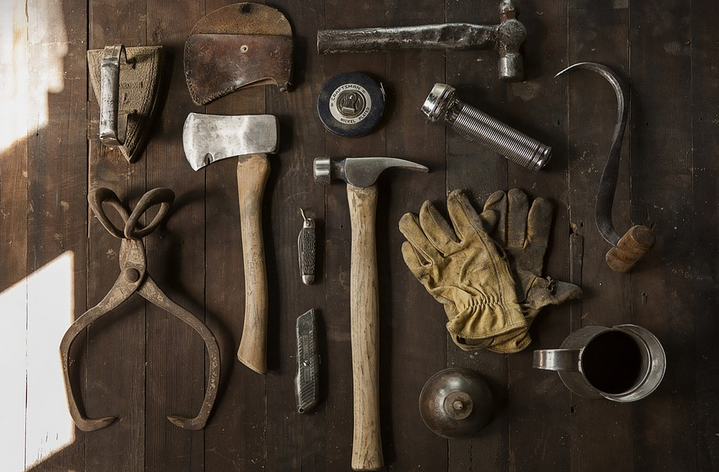
Ceramic Vs Ceramic Coated Knives: The Ultimate Comparison
Understanding the Knives
There’s a reason why knife enthusiasts are often on the hunt for new blades – it’s about finding the perfect tool that matches our cooking style and needs. And in this world of culinary artistry, knives stand as indispensable tools. From slicing through delicate herbs to chopping through tough vegetables, the right knife can make all the difference.
When we talk about knives, two categories often come to mind: ceramic and coated steel. While both offer exceptional performance, they differ significantly in their properties and suitability for different tasks. Let’s dive into a comprehensive comparison that highlights the unique aspects of each type.
Ceramic Blade Basics
Ceramic blades are crafted from a special material known as silicon oxide or aluminum oxide. These materials offer exceptional hardness, resulting in knives with remarkable edge retention and durability. The strength comes from their molecular structure – they’re more like tiny diamonds than traditional steel.
But what about practicality? While ceramic blades are incredibly tough and durable, they also tend to be quite brittle. This means that if a ceramic blade is dropped or chipped, it could shatter rather than bend. So while they’re awesome for hard-wearing tasks like dicing meat, you need to handle them with care.
Ceramic knives offer several advantages:
* **Unmatched sharpness:** They hold an edge longer due to their unique composition and hardness, requiring less frequent sharpening. * **Reduced friction:** The smooth surface of ceramic blades reduces friction when cutting, making them ideal for delicate ingredients or delicate food preparation. * **Superior cleaning:** Ceramic knives are easier to clean than traditional steel knives because the non-porous surface doesn’t trap food particles and grime.
What Makes Coated Steel Knives Special
Coated steel knives, a popular choice among home cooks, employ an innovative coating system to enhance their performance. This process involves applying a thin layer of material like titanium nitride (TiN) or tungsten carbide (WC) to the blade’s surface.
These coatings offer several benefits:
* **Enhanced durability:** The coating not only increases the hardness and wear resistance of the steel, but it also prevents rust and corrosion. This ensures longevity for your knife and reduces maintenance requirements. * **Increased sharpness:** The coating aids in maintaining the sharp edge longer than a standard blade, allowing for precision cuts with ease. * **Corrosion resistance:** The thin coating protects against water damage and rust, making them suitable for everyday cooking activities.
However, while coated steel knives are renowned for their longevity and sharpness, they aren’t without their disadvantages:
* **Cost-effectiveness:** Coated steel knives can be more expensive than ceramic but also offer longer life span. * **Potential impact on food quality:** When using a sharp knife with an optimal edge, the cut will be clean and precise, potentially impacting food texture or even tearing delicate ingredients. That being said, it’s often seen as a trade-off for the increased cutting efficiency.
The Verdict: Which is Best?
Choosing between ceramic and coated steel knives ultimately depends on your individual needs and preferences.
* **If you prioritize long-lasting sharpness, durability and ease of cleaning, then a ceramic blade might be your ideal choice.** Their resistance to chipping and their ability to maintain a sharp edge make them suitable for heavy-duty tasks like chopping meat or fish. * **However, if you value cost-effectiveness and prefer knives that require less frequent sharpening, coated steel might be the better option for you.** They offer an excellent balance of durability and sharpness at an affordable price.
It’s essential to understand that the best choice is not about which material is “better.” It’s about finding the knife that best suits your individual cooking style and needs.